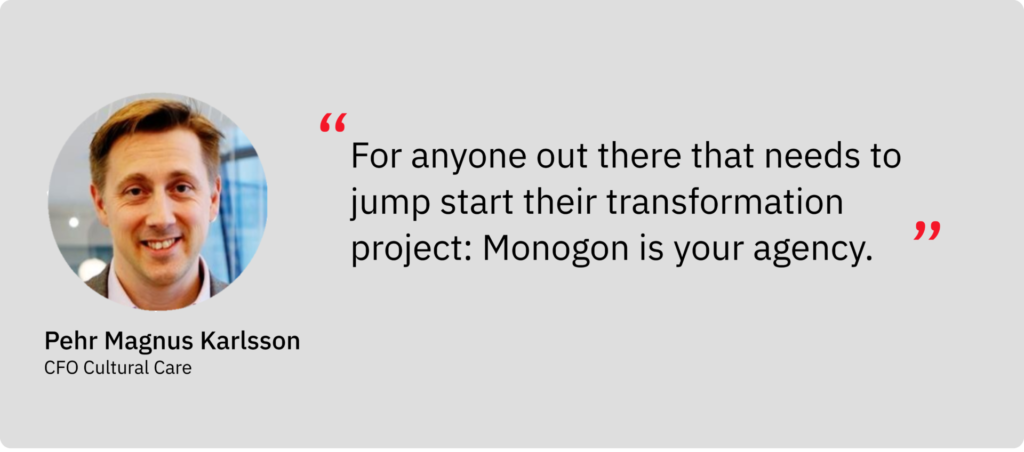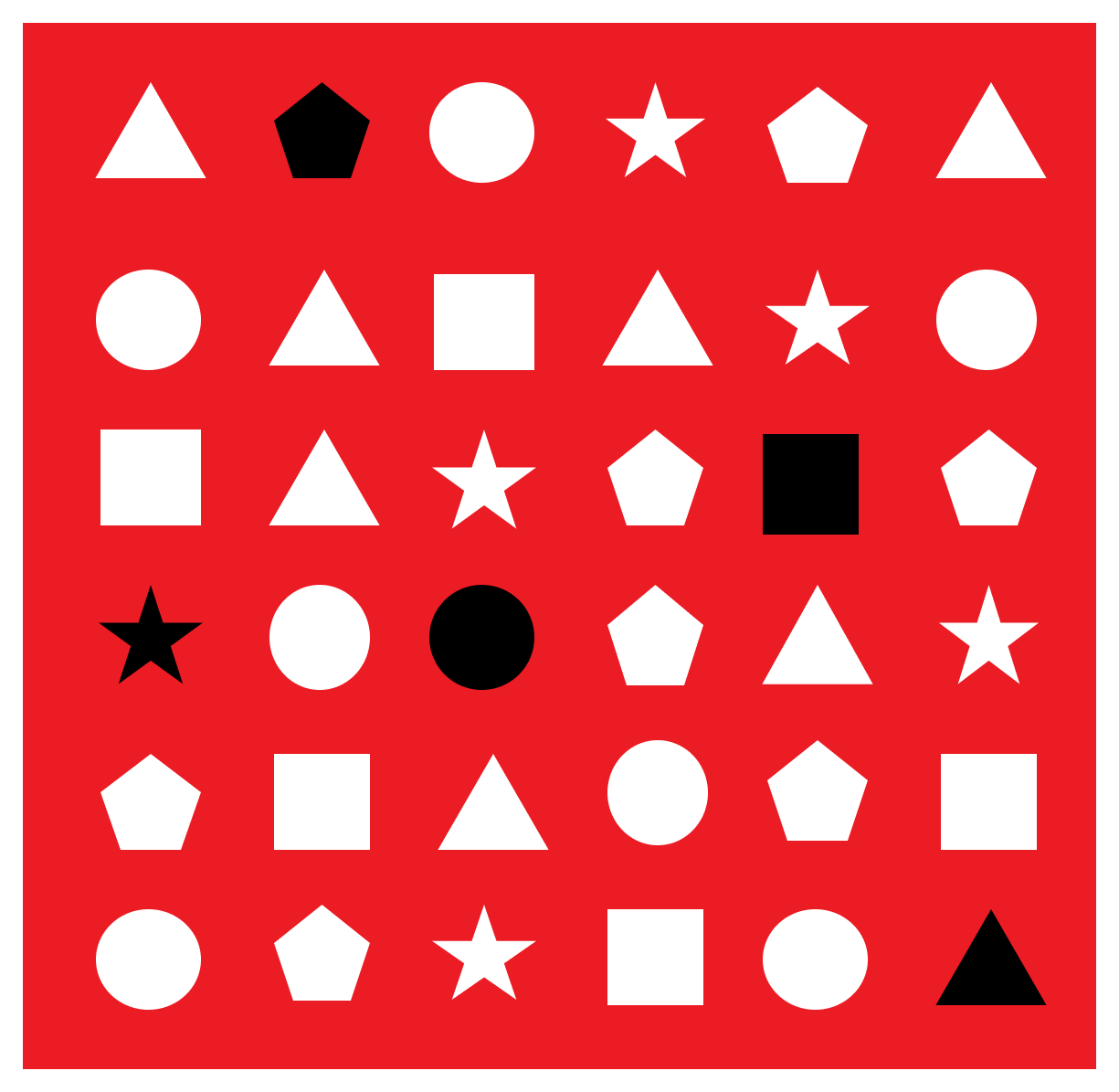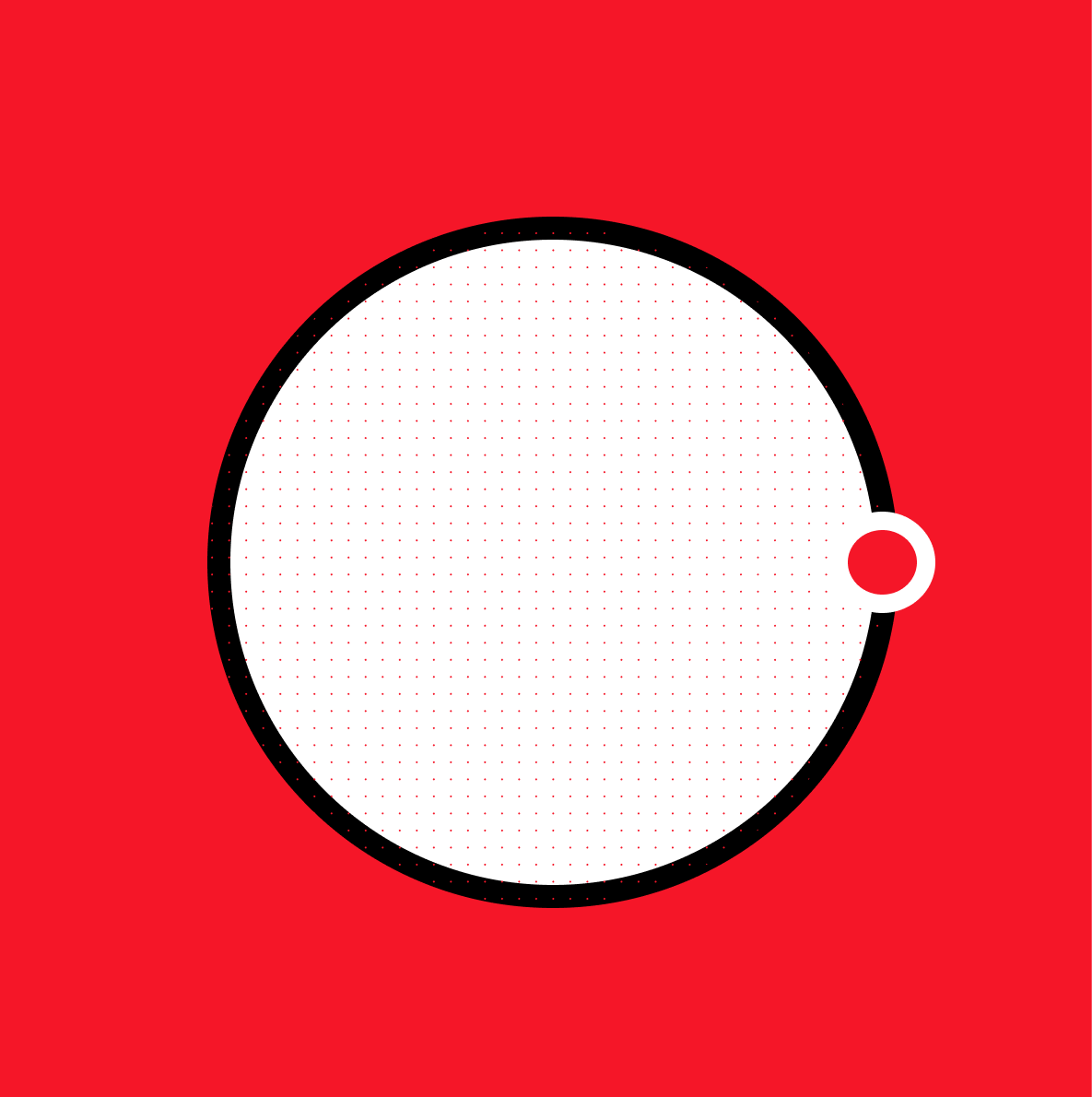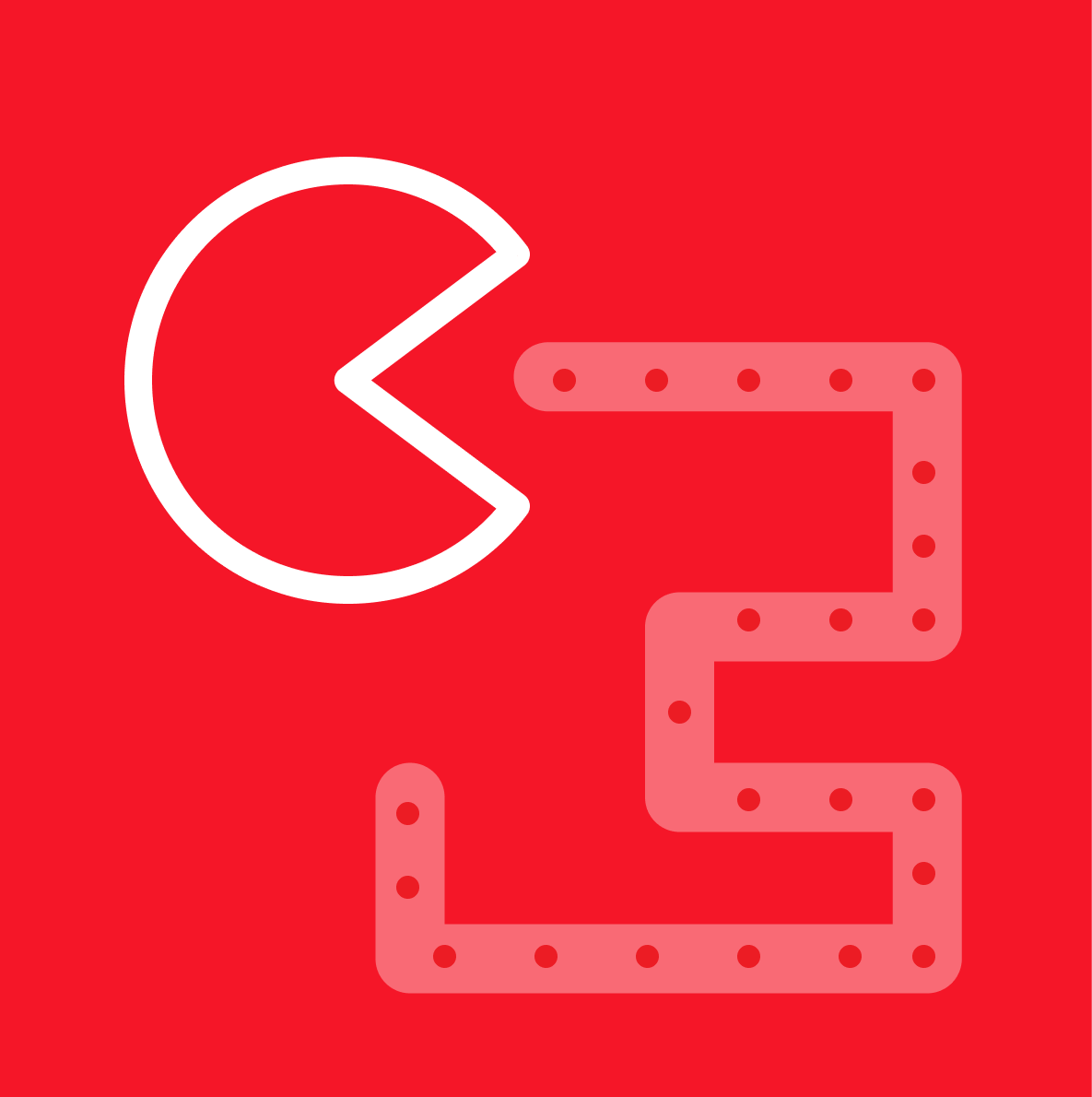Cultural Care Au Pair realized that in order to successfully move its legacy systems into Salesforce, it first had to rethink its processes and organization. What followed was a full business process re-engineering exercise that dramatically changed the structure of its organization.
Company Introduction
Over the past 30 years, Cultural Care Au Pair has sent more than 145.000 au pairs from all over the world to American host families. The 1-year au pair term is part of a United States government program focussed on cultural exchanges.
The cultural experience is central to the au pair’s time in the United States. Therefore, Cultural Care Au Pair (or Cultural Care, for short), is laser-focussed on realizing quality matches and flawless end-to-end experience. Their business model is defined by strict government guidelines such as the necessity to have on-the-ground support for every au pair.
Since its inception, Cultural Care has been the undisputed market leader in facilitating au pairs as part of the US cultural exchange program.
The Challenge
The Cultural Care leadership team understood that as a result of its outdated systems, it had to jump through too many hoops to deliver a great experience for its au pairs and host families. Through updates in the front-end of the customer facing applications, the IT team carried forward a set of home-grown systems for more than 15 years. However, its organization was still designed around the pre-CRM notion that a personal experience can only be delivered based on personally knowing a customer. The piece-meal innovation initiatives in IT suffered delays and did not yield the desired results. With the gap beween the business and IT widening, individual business stakeholders contracted their own technical solutions, which further aggravated the IT team’s challenges to consolidate its overal application landscape. With the expected growth after COVID travel restrictions were lifted, the business had reached a point where the leadership understood that their existing model was no longer scalable. They decided that, within the next 12 months, it had to move out of its legacy systems. The CIO and CFO decided to bring in Monogon to conduct a full business process re-engineering exercise that was to rethink its end-to-end customer journey, the organizational model and its core processes.
Our Solution
After refining the project objective and governance structure with the leadership team, Monogon got started with the discovery phase and conducted one-on-one interviews to get a detailed understanding of how the current processes and their interdependencies. Given the project scope and highly siloed nature of the organization, more than 60 stakeholders had to be interviewed. Monogon worked with an executive committee to discuss and refine hypotheses that were then tested in collaboration with Cultural Care’s excellent BI engineers.
The insights from this revealed a clear trend: the customer did not know who to reach out to, was confused by Cultural Care’s outreach and was not able to self-serve any part of its journey. It all boiled down to the siloed nature of organization, resulting in disconnected processes and systems. Having finalized the Discovery and Analysis phase, Monogon isolated a set of problem statements that clearly articulated the underlying causes of Cultural Care’s scalability and customer experience challenges.
In preparation for the Design phase, Monogon put together a team of internal stakeholders with complimentary skillsets to brainstorm solutions for every problem statement. Following this solutioning, the core processes were redesigned with a clean-slate approach, two competing organizational models were designed and, in collaboration with an enterprise architect, a new technology stack centered around Salesforce’s CRM was designed from the ground up. Less than three months into the project, Cultural Care had a clear solution to each of its core problem statements and, through extensive interviewing and collaboration, the staff that had a revived believe that change is possible.
To allow for a simplified organizational and technical architecture, the future state of Cultural Care’s customer journey focussed extensively on (1) customer self-service, (2) customer self-help and (3) automation.
- Customer self-service: Customers should be able to move themselves forward in their journey without relying on a Cultural Care staff member, e.g. through booking their own flights in the new flight portal and greatly simplified onboarding, matching and compliance using checks-and-balances enforced by a system.
- Customer self-help: With an enhanced help center and intelligent chatbot design, customers should be able to greatly reduce the stress on the customer support organization by self-helping with questions and problems that they encounter in their journey.
- Automation: through automated messaging part of comprehensive and personalized customer journeys, customers would be served the right information at the right time. Again without relying on Cultural Care staff.
Although reducing human touch-points was uncomfortable at first, slowly the realization grew that by taking out the non-value add activities, Cultural Care would be able to deliver truly great human experiences when they really mattered.
The next few months were dedicated to designing and detailing a 3-year business and digital transformation project through extensive workshopping. The plan was to work backwards from the future state, instead of work forward from the current state. Therefore, the 9 different work streams that were setup did not reflect the current organizational setup: they were all cross-functional teams that had to bring to life the 3-year transformation plan.
Cultural Care made the brave decision to invest more time upfront on discovery in order to understand how to approach its transformation and thereby managed to break a 15+ year cycle of piece-meal solutioning that lead to the inefficiencies in its organizational model. Monogon brought a thorough and methodical approach that facilitated conversations and brainstorms that led the organization to understand the right solution.
Don’t listen to us, hear it from them

You may also like

Don’t replace old spaghetti with new spaghetti
Rethink process and organization before implementing a new system to maximize output and avoid stalled projects and technical debt.

Getting started with Business Process Re-engineering (BPR)
Business Process Re-engineering is about fundamentally rethinking the way work happens. Monogon has adopted and extended this methodology to drive successful transformation.

The process of process optimization
We eat complexity for breakfast. And this is the mental model we apply to optimize process to realize your digital transformation objectives.

